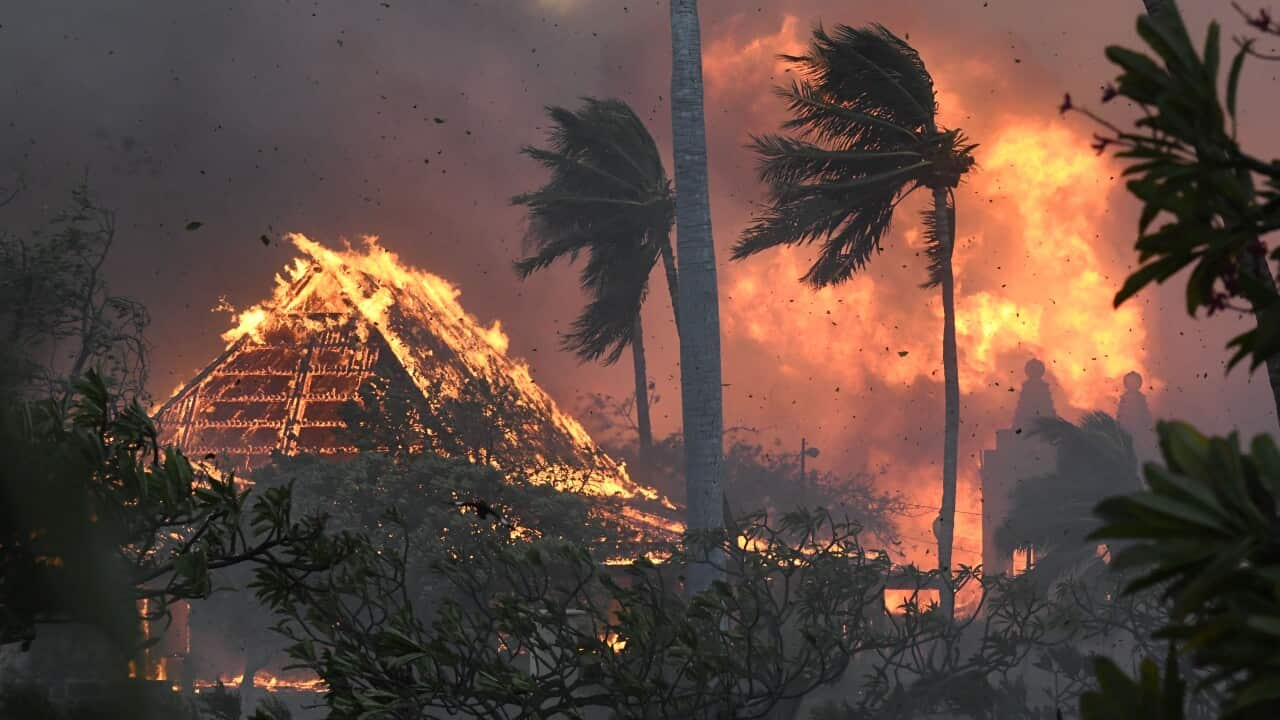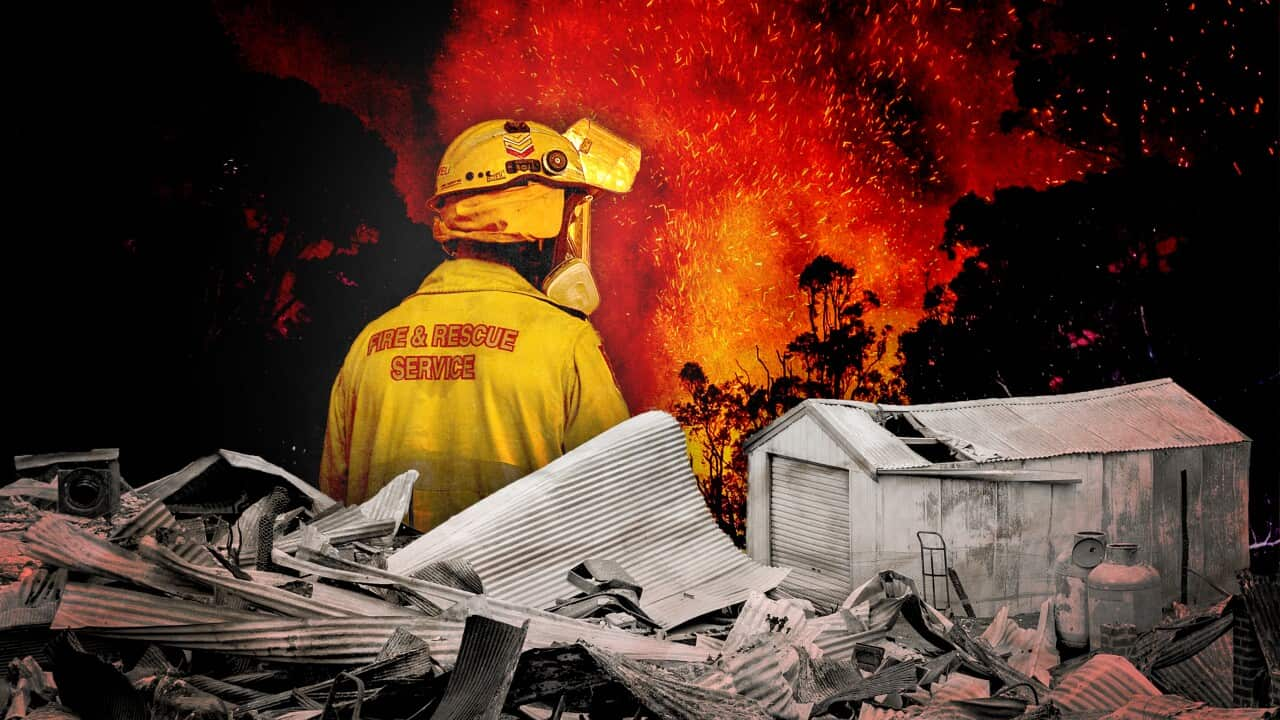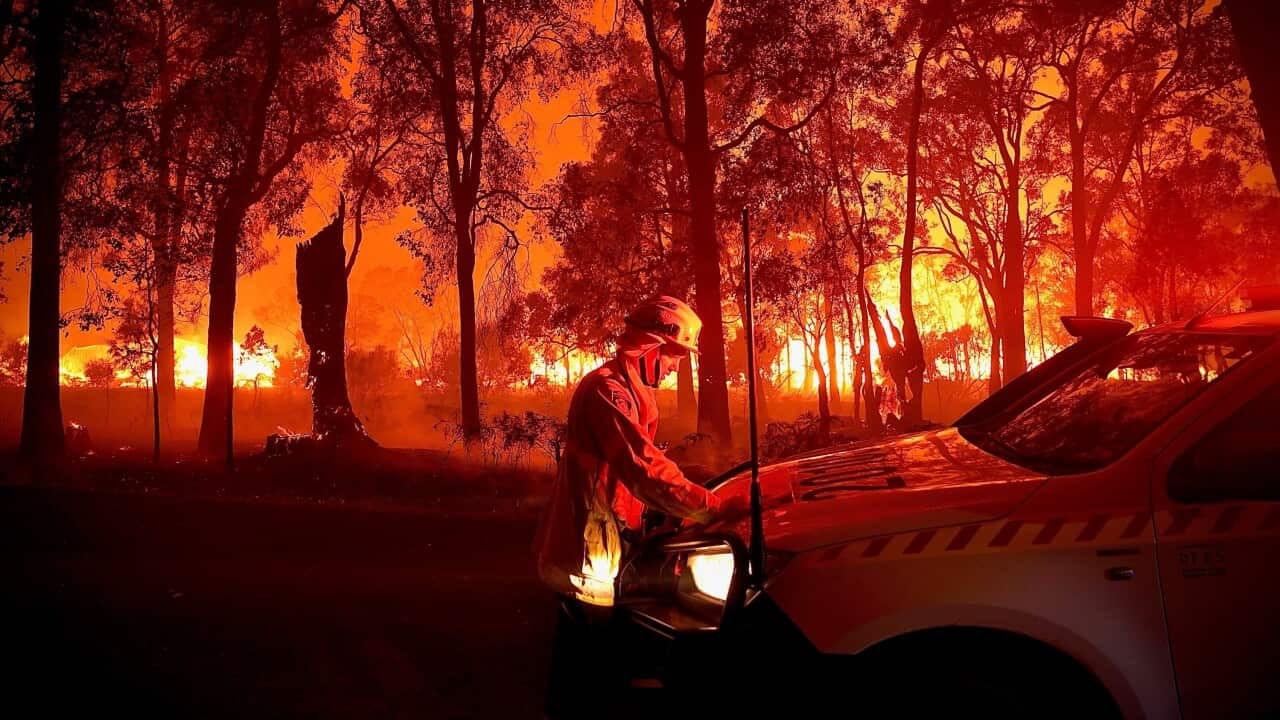Key Points
- Residents in five states and territories are being put on high alert.
- Almost the entire country can expect drier and warmer conditions this spring.
- The outlook is provided by the AFAC, the National Council for fire and emergency services.
Almost the entire country can expect drier and warmer conditions this spring, with an increased risk of bushfires in large parts of Australia.
Residents in five states and territories are being put on high alert, with the seasonal outlook predicting an increased risk of bushfires in large areas of the Northern Territory, Queensland and NSW, as well as regions in Victoria and South Australia.
Communities in these regions are being urged to prepare for bushfires and monitor local conditions.
The outlook is provided by the Australasian Fire Authorities Council (AFAC) , which works to create safer, more resilient communities in Australia and New Zealand.
Here’s what you need to know.
What’s the bushfire outlook for NSW?
If you live in central and northern NSW, you're being warned to expect an increased risk of fire this spring.
That’s because of high fuel loads and the forecast of warmer and drier conditions.
Drier than average conditions and frost curing (where frost dries out grass and leaves) in these areas can mean an early start to the bushfire danger period, the outlook report said.
“In the event of fires and windy weather, these high grass fuel loads can support intense and fast-spreading grass fires.”
There’s also a greater risk of fire for those around the Sydney basin, parts of the coast and north of the Hunter, because of the forecast of warmer and drier conditions. High forest fuel loads are evident in parts of the coast and ranges not affected by the 2019-20 fires, it said.
What’s the bushfire outlook for Victoria?
Victorians can expect a warmer spring and an earlier start to the high-risk bushfire season after three years of La Niña and lower fire-risk seasons.
Those in the east, particularly in the Gippsland region, are being warned to expect a higher than normal potential for forests to carry fire, especially around coastal communities close to bushland where vegetation was unburnt or lightly burnt during the 2019-20 fires.

Australia's Black Summer bushfires were some of the worst on record. Source: AAP / Jeremy Piper
What’s the bushfire outlook for South Australia?
The report says the outlook for fire danger has increased from below average to above average for spring across much of the southern half of South Australia.
This is because above-average rainfall has quickly changed to below-average rainfall and soil drying.
There’s an increased risk of fire for grassland in the SA-Victoria border area and also for Mallee Heath areas across the southern part of the state, approaching the Victorian border.
“These factors raise expectations of an early start to the 2023 fire danger season,” the report said.
What’s the bushfire outlook for Queensland?
The northern and central Queensland grasslands, timber country and savannah grasslands are likely to have elevated fire potential in the late parts of spring.
“The combination of drying fuels, forecast below average rainfall and above average temperatures is likely to bring locally intense bushfires that may be destructive across parts of Queensland as vegetation becomes flammable during the spring months,” the report said.
What’s the bushfire outlook for the Northern Territory?
A burst of heavy rain in central Australia and the Barkly region in June means already above-average grass fuel loads will increase even more. This, combined with minimal fire scar coverage (where land is left blackened after a fire burns through), above median temperatures and dry, windy conditions predicted for spring, means there’s an increased fire risk for the Barkly, Tanami, Alice Springs and Lassiter forecast regions.
There’s a normal fire potential predicted for the Top End, Katherine and Arnhem districts.
What about the rest of the country?
For Tasmania and the Australian Capital Territory, a normal bushfire risk is predicted for spring.
In Western Australia, an increased risk of fire for the Pilbara is unlikely. For the Kimberley region, the bushfire risk could increase as the weather becomes drier and warmer.













